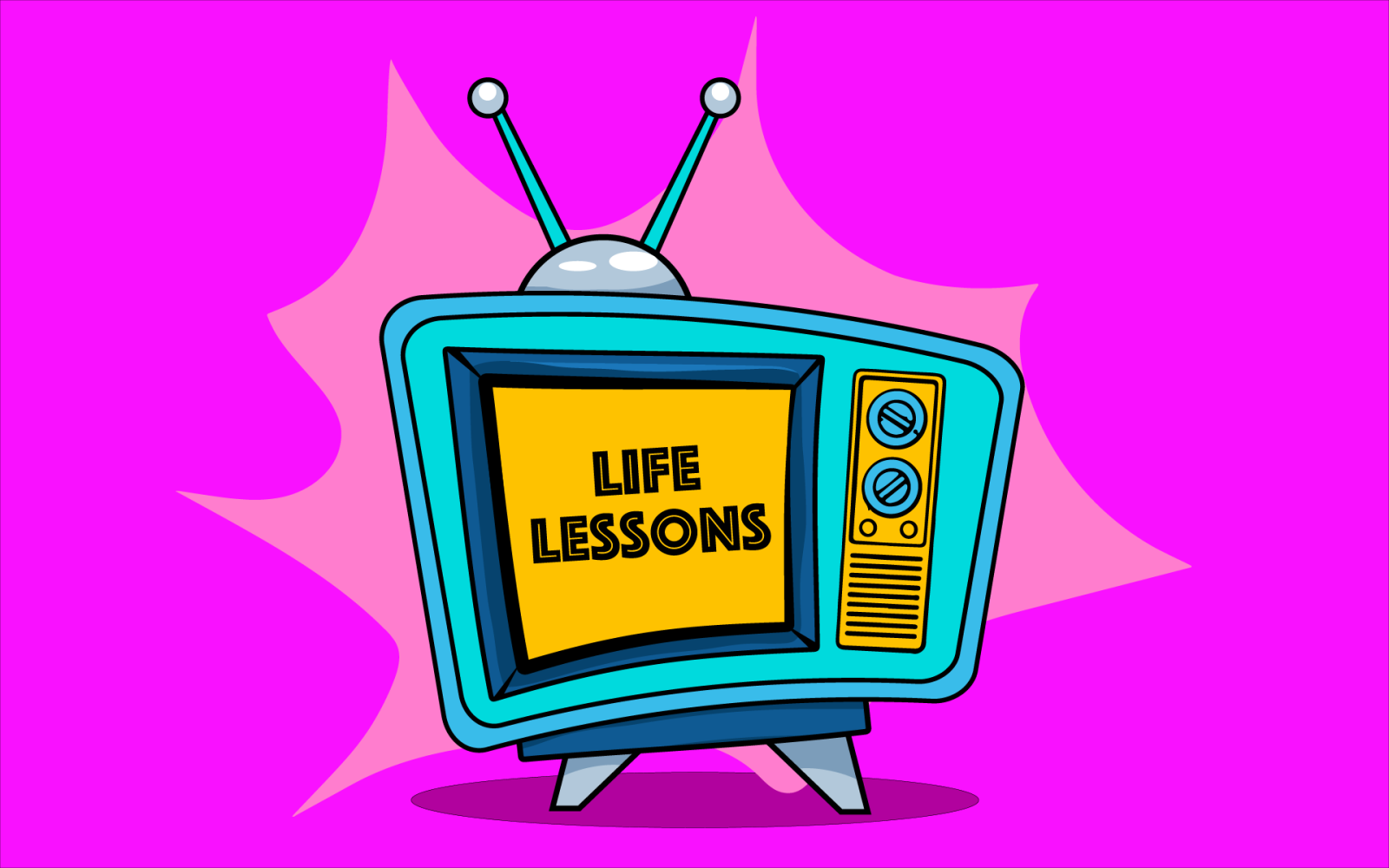The barbershop visit that opened my eyes to the real meaning of belonging

Our worlds open up when we open ourselves up to the power of diversity.
I am a gay, white woman, and I have a black son. For a while, when he was quite young, I had to change where we went on holiday, because we so often only saw black people serving white people. I had to think about what that would signify to him.
I also realised at some point that I hadn’t actually stepped into his world. I took him to Legends Barbershop, for instance, and there I was – the only white person, the only woman, and the only person over 30. My son was in his element.
It got me thinking differently about diversity, equity, and inclusion. If you work in a company large enough to have an HR department, you will no doubt have seen the acronym: DE&I.
DE&I aims to create a space where everyone feels valued, respected and empowered to contribute. But achieving true belonging, the feeling of being an integral part of the team, takes it a step further.
As the author and academic Brené Brown puts it, “Belonging doesn’t require us to change who we are; it requires us to be who we are.”
I suspect that’s what my son felt when I took him to Legends – belonging.
When we hear about DE&I, or DEIB, if you add the B for Belonging, it’s usually a top-down, organisation-wide policy process. There are solid business reasons for this.
The global consulting firm, McKinsey, has found that the business case for gender diversity on executive teams has more than doubled over the past decade.
They’ve also found a strong business case for ethnic diversity, with an increased likelihood of outperformance for those in the top quartile of what they call “ethnic representation”, versus the bottom quartile.
But there’s more to diversity than gender and race. Diversity includes age, sexuality, gender expression, religion, culture, language, ways of thinking, and neurodivergence.
And what about the planet? In a landmark decree in 2021, the Magpie River in Quebec was formally granted the right of legal personhood: “The right to live, to exist and to flow”.
Perhaps it won’t be long before a river, or for that matter, an AI bot, is granted a seat at a boardroom table and given a voice, so to speak.
But policies alone are not enough to make every person at a company feel that they belong. It’s up to every employee to play that role. Here’s how:
1. Think about your unconscious biases
We all have unconscious biases and preconceived notions that influence our perceptions, interactions and behaviour. The hardest part is that they are unconscious.
Imagine a scenario where a manager unknowingly links leadership traits with extroverted personalities. In a brainstorming meeting, an introverted team member quietly presents a meticulously planned proposal.
The manager might overlook this in favour of a more vocal teammate’s suggestion. This diminishes the introverted team member’s sense of belonging, and potentially misses out on a great idea.
By noticing, acknowledging, and actively challenging unconscious bias, individuals can create a more inclusive and welcoming environment for everyone.
2. Be an active ally
Educate yourself about different cultures, backgrounds, and experiences. Challenge assumptions and unconscious biases, in yourself and others.
Speak up when you witness “micro-aggressions” or exclusionary behaviour.
3. Embrace open communication
Practise active listening. Seek out diverse perspectives and experiences.
Listen to take in what the other person is saying, not to respond. Let them finish talking without interruptions. Share your ideas openly, but be receptive to feedback.
4. Celebrate differences
Recognise and appreciate the skills and strengths each person brings to the table. Organise events or initiatives that showcase these differences and foster community.
Be respectful of people’s preferences, whether they relate to gender, religion, cuisine or culture. Use those differences as a springboard for curiosity and learning.
5. Mentor and sponsor
Be a resource for colleagues, particularly from under-represented groups. Offer guidance when they ask. Advocate for opportunities and help them navigate the workplace.
Finally, consider your own social circle. How diverse is it? It’s easy to get caught up in our own circles and develop tunnel vision. My son was a good catalyst for this process in my life.
Not sure where to start? Try writing down the names of the 10 people you trust the most. Now answer these questions to assess whether your inner circle is diverse or not:
- In terms of demographic diversity (age, race, gender), how diverse are your Trusted 10?
- If you think about other kinds of diversity – education, backgrounds, perspectives – how diverse are your Trusted 10?
- Do these people speak openly with you?
- Do they see the world differently from you?
- Do they tend to always agree with your point of view or push back?
- Do they help to point out potential risks?
- How often do you go outside of your Trusted 10 for guidance or feedback?
Reflecting on those questions will help you think about how diverse your circle is, and how safe it is for different people to come to you, confide in you, and be themselves around you.
All the policies in the world are not enough to foster real belonging. It’s up to each of us.




